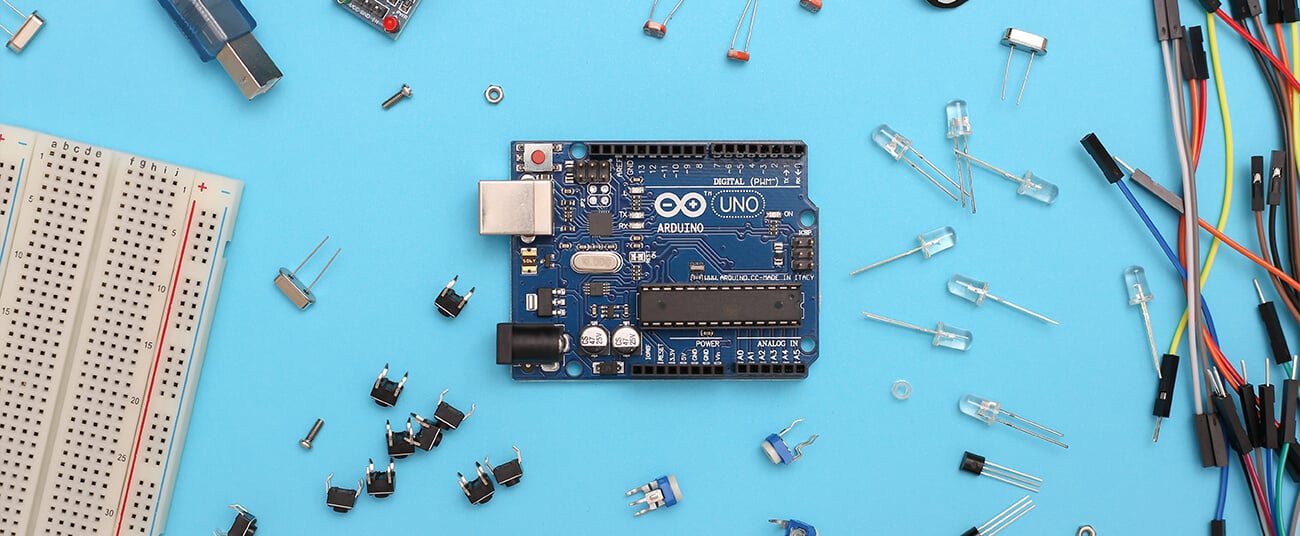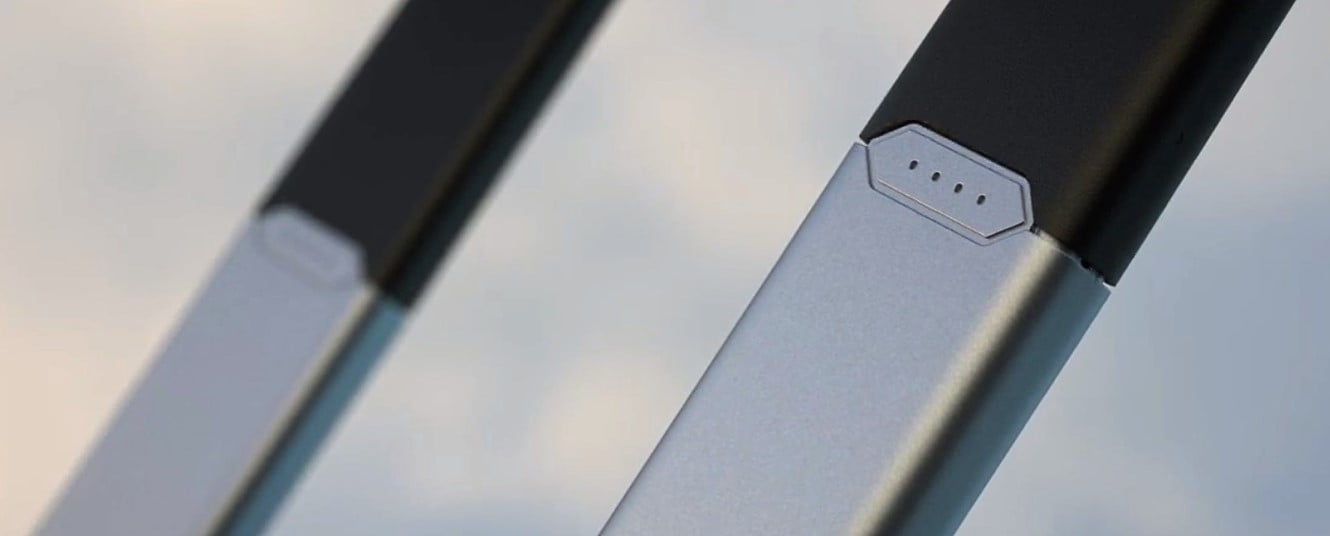Ever since vapes first came onto the market, the choice of e-cigarette model has expanded significantly to become a far more attractive option over smoking.
Now, newer vape kits have the option to take your vaping to the next level with personalised settings for intensity and vapour controlled by ohms. This is great news for those who prefer a gentler vaping hit or for the hardcore vapers that need more intensity. Gone are the days of a standardised vaping experience!
This doesn’t have to be expensive either, even more basic vaping kits can have the option to use different ohm resistance coil and affect the throat hit of each drag.
But why should you consider checking which ohm resistance coil you go for. If you’re interested in customising your vaping experience, read on to find out how ohms affect your e-cigarette’s performance.
What is an ohm?
An ohm is a unit for measuring electrical resistance, also known as resistance or ohm resistance. It is found within your vape kits coil and interacts with voltage and wattage to control the amount of vapour, the intensity of the throat hit and the overall taste of your e-liquid.
How many ohms, or resistance, you want in your vape is entirely down to personal preference. If you use a lower number of ohm resistance there will be more current, or electricity, flowing through the vape. If you use a higher ohm resistance, there will be less electricity. This affects the amount of vapour you get and whether you go through your e-liquid faster or slower.
What ohm resistance coil you want to use is entirely down to you and your personal preference. The fun part is that you can experiment with different resistance coils to your own needs, depending on what type of vape you have, what battery is inside it and the e-liquid you’re using. Each can act differently, so it’s important to understand the differences.
What’s the right number of ohms for my vape?
There’s a numeric range that you can use as a guide for where your ohms setting should be based on what type of vaping experience you would like.
Your vape kit will be advertised with a resistance range, for example it may say ‘resistance range: 0.1 - 2.0 ohm’. This means that if you put a coil into your devices tank that is higher than 2.0 ohm or lower than 0.1 ohm that your device will not be able to operate.
The best way to remember ohm resistances is:
- The higher the ohm number, the less vapour & more throat hit.
- The lower the ohm number, the higher the vapour production and less throat hit.
Generally a coil with a resistance of 0.6 or lower is designed to be used with high VG e-liquids, as VG is thicker in consistency and requires more prolonged heat to go through. Putting a high VG e-liquid with a 1.2 ohm coil for example, would produce next to no vapour and harshly effect the coils life.
Which vape battery should I go for?
This might seem complicated at first, but once you get to know the differences between types of batteries vapes come with you’ll have a better understanding of how ohms work with the battery.
Vapes come with two types of batteries: variable wattage/voltage (VW) and fixed voltage/wattage. A device that is fixed voltage/wattage means you won’t be able to adjust the power being sent to the coil, this would affect you drastically if you’re using high VG e-liquids.
A variable wattage/voltage battery is where you can manually control the flow of voltage running through your vape to your coil and this is often done with an up or down button.
Customising your wattage or voltage interacts with the type of coil you have fitted in your vape because it controls how much power is running through the device. If you have higher resistance, or ohms, the voltage and wattage is lower. It’s vice versa if you have a lower ohms setting.
Be sure to check the instructions of your model to find out exactly what you need to do to adjust your voltage, wattage and ohms safely.
Can I change my coils ohms?
It’s not possible to change your coils ohm resistance as this is a physical attribute related to the coil itself. You can however purchase different resistance coils for most device, for example the Aspire PockeX AIO offers a 0.7 ohm or a 1.2 ohm resistance coil - and you guessed it, the 1.2 ohm will be tighter on the draw and produce less vapour than the 0.7 ohm version.
Most new vapers, or anyone who wants to recreate the experience similar to cigarettes tends to go for a higher ohm resistance coil, whereas cloud chasers who use high VG e-liquids and want to produce vast vapour clouds go for lower resistance.
What about the right e-liquid?
Just like the ohms setting you choose, your e-liquid is entirely down to what sort of vaping experience you’d like. The ohms can intensify or reduce the flavour, depending on your preference.
If you’re using a 50VG/50PG e-liquid, then you would need to use a coil with the resistance of 0.6 ohm resistance or higher, otherwise you’re more prone to your e-liquid leaking from your tank.
If you’re using a 70VG or higher ratio e-liquid, then a coil of 0.6 ohm or below would be best advised, as this coil will be producing a lot of heat which is needed for vaporising high VG e-liquids.
If you’re just starting out with the customisation, you should look for e-liquids with a blend that balances flavour and vapour pretty evenly. The more vegetable glycerin (VG) in the mix, the more of a vapour cloud you’ll get. The flavour is also completely customisable, with thousands of different options on the market.
The best e-liquid for you will be the balance of flavour, vapour production and throat hit - all helped out with your newly customised ohms setting.
While you don’t need a science background to understand ohms, it helps to know how you make the most out of customising your vape while perfecting your experience. It’s well worth adjusting the ohms on your vape if you’re looking for a completely customised hit.



























